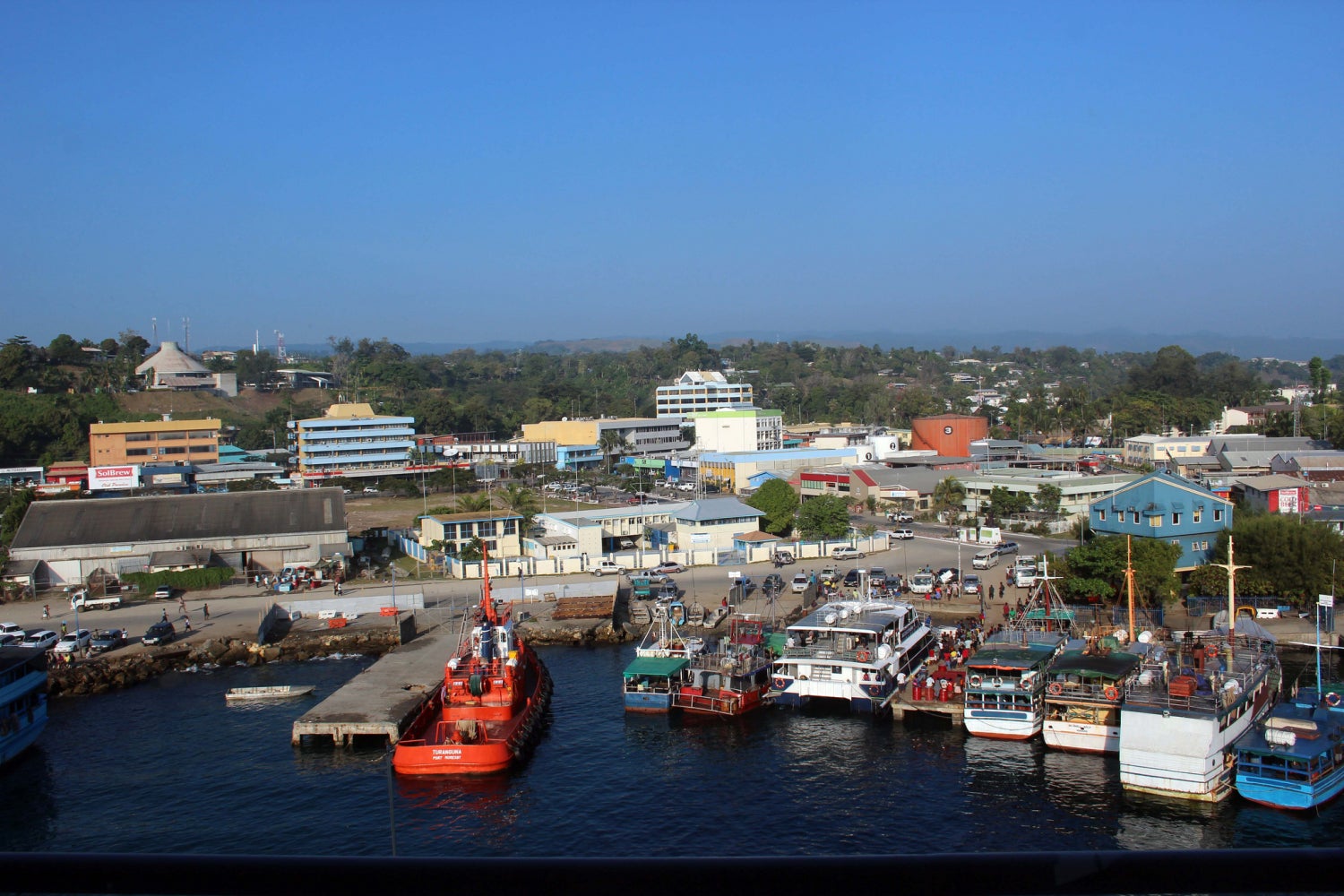Solomon Islands

Key country characteristics
- Lower-middle income, small island developing and conflict-affected and fragile state in Easy Asia & Pacific
- Population: 669.8k
- GDP Per Capita: $2,446
- Life expectancy at birth: 71

Eighty percent of the Solomon Islands’ population lives in rural areas. However, like many LMICs, the Solomon Islands experience is a disproportionate concentration of resources and qualified staff in urban areas. In addition, many of the rural health centers in place to serve rural populations are run down and require a significant upgrade, repair, or renovation.1 While some new primary care facilities are being built in rural areas (largely driven by political interests and private funding), these are not integrated with national health services priorities. Consequently, a large percentage of the population travels to the National Hospital for primary health services, experiencing significant barriers to the delivery of timely, coordinated, and geographically accessible care.1
In response to these challenges to accessing to quality care, the Solomon Islands’ developed the Role Delineation Policy and Service Delivery Packages in 2011. The Role Delineation Policy defines the range and services (defined in the Service Delivery Packages) to be delivered at different levels of care.
The Role Delineation Policy has undergone a series of reforms to address financing, human resource, and governance issues, including the organizational structure reform.2 This reform focuses on several measures that promote the delivery of quality care across settings of care through standardized measures including defined roles and reporting lines, integration mechanisms for efficiency gains, and improved management at the health zone level.2 The Service Delivery Packages define the services required for six levels of health facilities - rural health centers, area and urban health centers, general hospitals, and national referral hospitals. These packages set guidelines for staffing, infrastructure, equipment, essential registers, manuals, guidelines and reforms, and essential medicines.1 Both the RDP and STP are embedded within the National Development Plan and the National Health Strategic Plan (2016-2020)2 to help stakeholders at the national, regional, and local level guide resource allocation, what services to deliver, and what services to expect.1 Taken together, the Role Delineation Policy and Service Delivery Packages work to promote better integration and coordination mechanisms for the provision of high-quality care across levels of the health system.